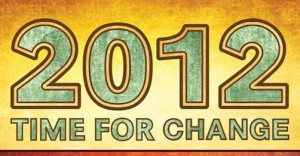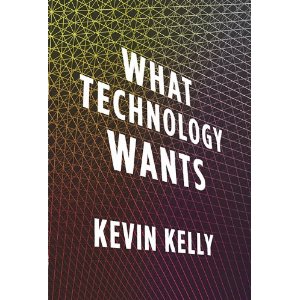
Harrison Owen
![]() Low-Cost Priceless Guide Worth Hundreds of Thousands
Low-Cost Priceless Guide Worth Hundreds of Thousands
October 24, 2010
It's been my pleasure to know the author of this book ever since he hunted me down after my review of Wave Rider: Leadership for High Performance in a Self-Organizing World, and I have also had the benefit of being a participant in a number of Open Space sessions run by, among others, Peggy Holman, author of Engaging Emergence: Turning Upheaval into Opportunity and the older The Change Handbook: The Definitive Resource on Today's Best Methods for Engaging Whole Systems.
I cannot over-state the value of this book to anyone who has a complex and expensive problem but cannot afford to get the author there personally. While the book is no substitute for the genius, the intuition, the experience, and the sheer “quiet energy” that the author can bring to any endeavor, it is not just a starting point, it is more than enough to get you through your first self-organized event, and the results are sure to astonish as well as excite about the potential benefits of having the author lead the next session.
Here is how it works in a nut-shell, and I put this into the review because I am not happy with the minimalist marketing information the publisher has provided but happy that Look Inside the Book is activated–use that feature!
1) Everyone who cares is invited to a meeting in a space large enough to accommodate the group. Many events will charge a fee to cover the space, the food, and the travel costs of the facilitators, some events can be free especially if internal. HOWEVER, the diversity of who is invited (i.e. including outsiders, clients, journalists, the lowest ranking maintenance people), THIS MATTERS….A LOT.
Continue reading “Review: Open Space Technology: A User's Guide”








